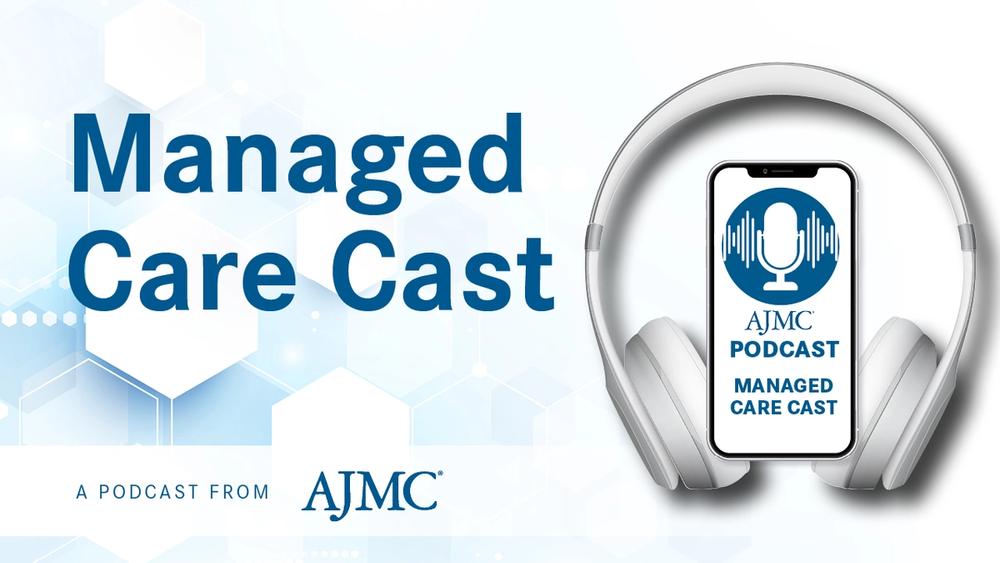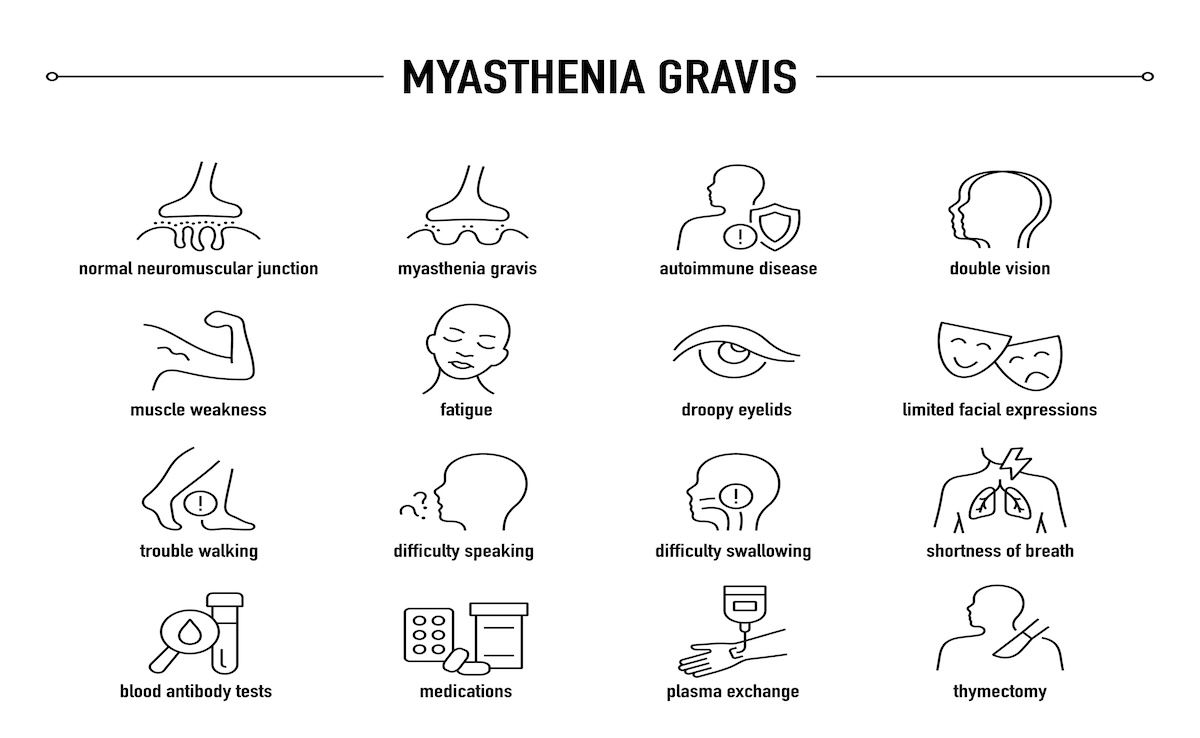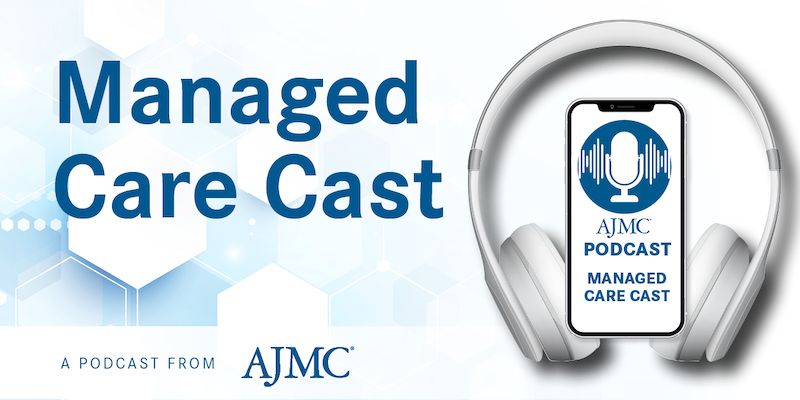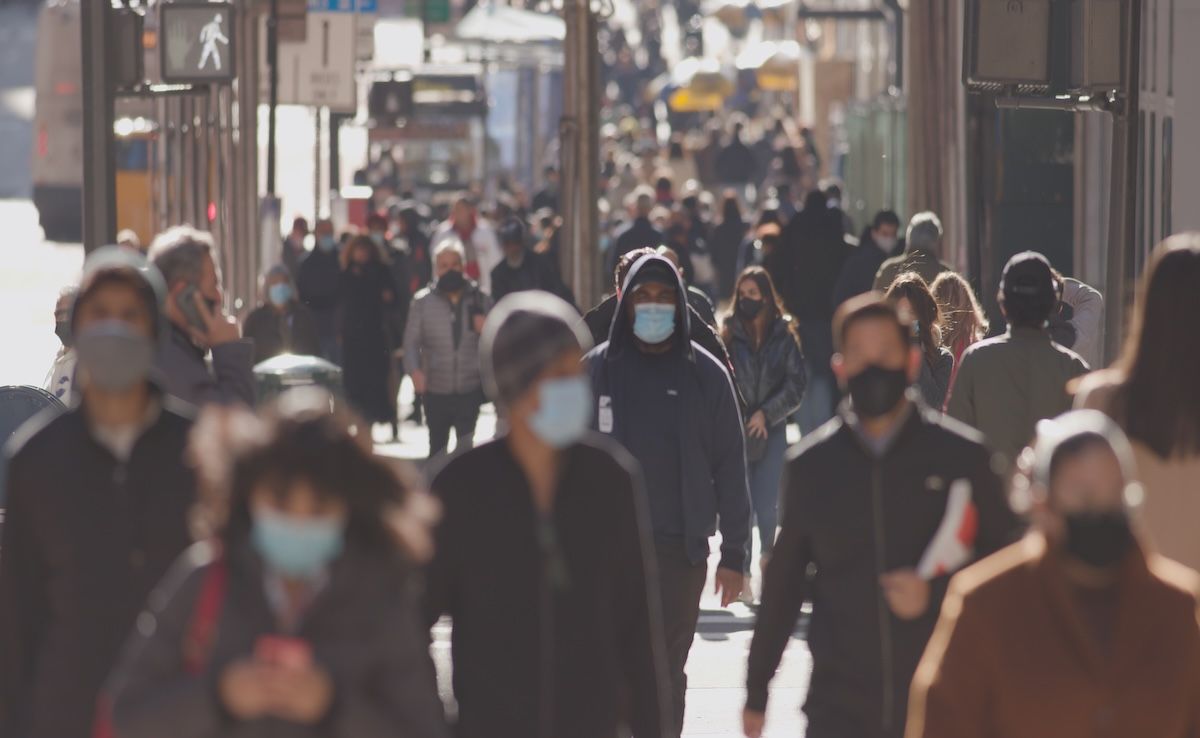Video
Michael Griffin Describes Daughters of Charity's Long History of Leadership
In the 180-plus years Daughters of Charity has been in New Orleans, the health system has implemented a number of innovative ideas, from air-conditioned hospitals to community health networks, according to Michael Griffin, president and CEO. The future is looking even brighter as more patients become insured and gain access to care, he added.
In the 180-plus years Daughters of Charity has been in New Orleans, the health system has implemented a number of innovative ideas, from air-conditioned hospitals to community health networks, according to Michael Griffin, president and CEO. The future is looking even brighter as more patients become insured and gain access to care, he added.
Transcript (slightly modified)
How has Daughters of Charity been a leader throughout its long history?
Daughters of Charity has been in the New Orleans market for 180 years, over 180 years, and I like to say that Daughters of Charity probably has always been a little ahead of their time, so developing hospitals back in the 1800s. Actually, Daughters of Charity, believe it or not, the hospital they had in New Orleans was the first hospital with centralized air conditioning units in healthcare. It’s a little known fact.
But then we got out of the hospital business and really started focusing on communities and taking care of patients in communities and where they live. We, since Katrina, have developed this very large network taking care of about 50,000 individuals in their neighborhood, in their communities, and then working with those communities, community leadership, the churches, the schools, a lot of the community centers, there’s senior centers there, working with business leadership in those neighborhoods, really to better coordinate services, care, and other.
I think the future of Daughters of Charity is looking great in New Orleans. We want to be a model not only for Ascension Health, which we are part of that national health system, but a model for the country in care coordination and taking care of populations without regard for whatever insurance or payer they have. Because at one point when I got there in 2008, we were 72% uninsured. We’ve worked very hard with staff to get people on insurance and the exchanges and the Medicaid expansion, and so now we are 10% uninsured. Coverage, to us, equals better access and we strive all the time to help people get coverage that are uninsured.

The Importance of Examining and Preventing Atrial Fibrillation




